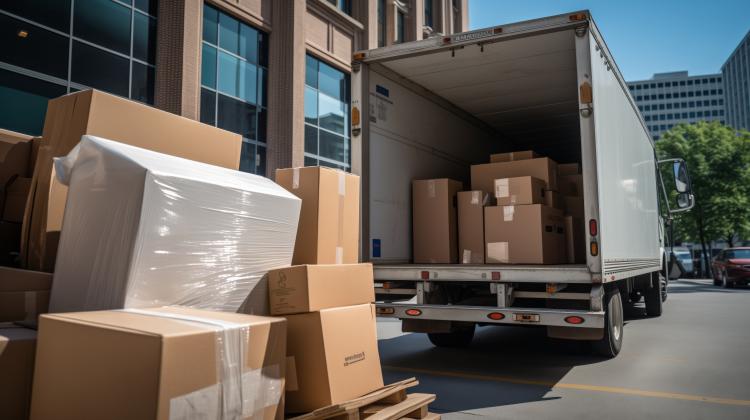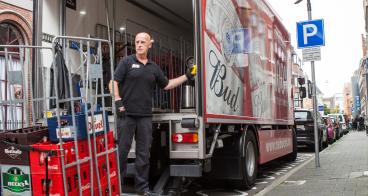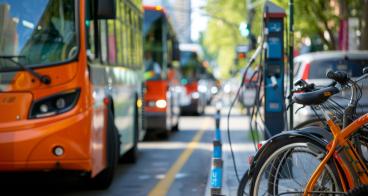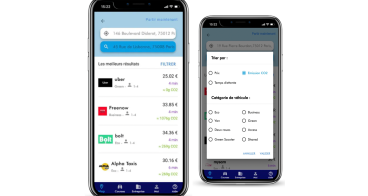Trondheim: smart loading zone monitoring

The Challenge
Trondheim, a municipality in Norway, aims to implement real-time monitoring and reporting of loading and unloading zones to optimise last-mile deliveries.
The expected solution must be:
- Improved urban environment: reduced congestion around loading zones would result in a quieter, more accessible city centre, creating a more welcoming environment for residents and visitors and supporting local businesses.
- Reduced emissions: by monitoring and optimising loading zone occupancy, delivery trips can be better coordinated, leading to fewer overall trips and a decrease in greenhouse gas emissions and air pollution.
- Decreased traffic congestion: real-time monitoring of loading zones would minimise unauthorised use and improve delivery scheduling, reducing the number of vehicles circling or double-parking in high-traffic areas and leading to a smoother flow of traffic for all commuters.
Who can apply?
The call is open to startups and SMEs. As a mono-beneficiary scheme, it is aimed at single legal entities and all proposals must therefore be submitted by a single entity. Consortia are not permitted.
Additionally:
They must be registered as legal entities in either an EU member state or a third country associated with Horizon Europe, including the United Kingdom.
To ensure a balanced project portfolio, SMEs selected for the EIT Urban Mobility 2024 RAPTOR Call and the previous SME Market Expansion 2024 open call are not eligible to apply for this call.
Background
Trondheim Municipality is committed to building a more sustainable, efficient urban logistics system, a key pillar of its climate strategy. A central aspect of this plan is enhancing last-mile delivery operations by optimising the management of loading and unloading zones in the city centre.
Currently, delivery operations are often inefficient and prioritise company convenience over urban needs. Observations indicate that fewer than 25% of delivery vehicles serve multiple recipients per trip, even within shopping centres that house dozens of stores. This single-stop delivery approach leads to an excess of delivery trips, elevated emissions, and increased congestion, especially in high-traffic areas, making it challenging to create a safer, cleaner, and more accessible city centre.






